Cruise & Ferry
Mayday call for New Zealand’s sinking cruise industry
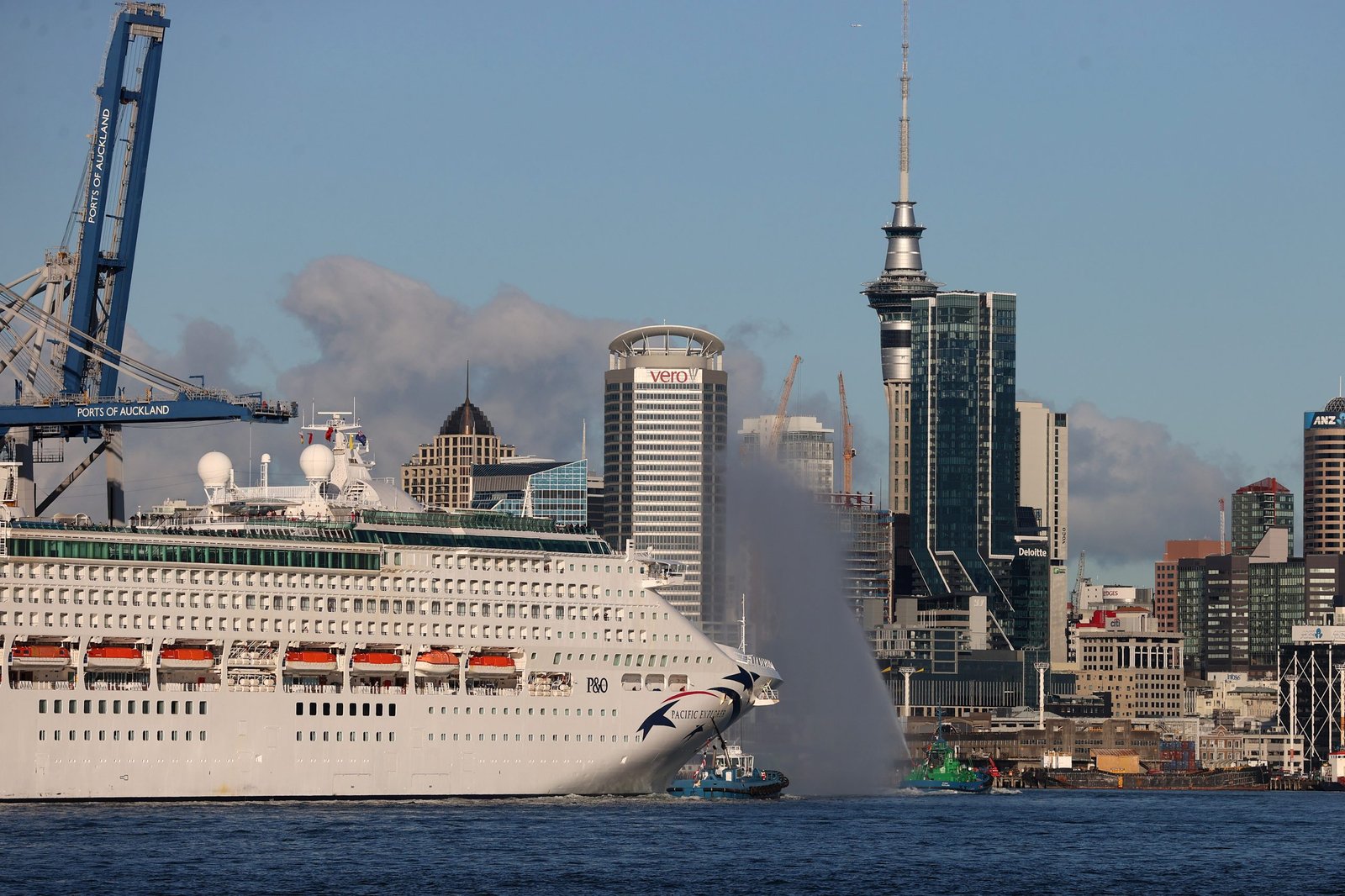
In what has been called a devastating blow to our tourism industry, the number of cruise ships docking in our ports is declining rapidly, and industry insiders worry about the economic impact on the country.
An industry leader and a travel journalist tell The Detail that the country risks being left behind as the rest of the world embraces a thriving cruise sector, post-Covid.
Globally, they say, cruising is on the rise, ports are bustling, and passengers are happily splashing their cash.
But here? A growing number of ships are sailing right past us.
“Pre-Covid, we were the fastest growing cruise industry in the world; now we are struggling to keep up, and we need to do whatever we can, at this point in time, to make sure we don’t get left behind,” says travel journalist Dan Lake.
“It’s not sinking, but it may be Jack and Rose [from the movie The Titanic] on the door, wading in the water. I think that’s maybe where we are at, at the moment. And we just need a rescue to come along and fix everything up.”
New Zealand Cruise Association chief executive Jacqui Lloyd agrees, calling the situation “pretty dire”.
“We are at a critical juncture as an industry here,” she says.
“There is global growth across the world, and we are the only country seeing the reduction, and that is concerning.”
In today’s episode of The Detail, Lake and Lloyd discuss the causes of the decline, the economic fallout, what’s needed to lure ships back to our shores – and if that’s the best thing for clean, green New Zealand.
Cruise passengers tend to spend less than other holiday tourists – an average $282 per day, as compared to $324. But the overall economic impact of cruises is significant.
A report last year found cruise ship tourism brought in $1.37 billion to the economy in the 2023/24 financial year, including $637m in direct spend, and another $730m in indirect spend, such as job creation.
Now cruise ship bookings in New Zealand are expected to drop by about 40 percent in the 2025/26 season, affecting 20 of 21 ports.
Lloyd says the steep decline can be blamed on rising costs, regulatory uncertainty, and operational complexity.
“For a very long time … a number of cruise lines have said New Zealand is ‘No Zealand’,” Lloyd says. “We have always been hard; there’s always extra regulation, it’s always ‘no you can’t do this, and you can’t do that, no that’s going to cost you more’.
“And some of those reasons are valid, absolutely, but compounding it, we have always been difficult.”
Part of the problem, says Lake, is that the country’s proud “clean and green” brand is colliding head-on with the reality of cruise tourism, where ships – particularly those bigger and older – are known for their carbon footprint and waste.
He points out that brand new ships are “basically self-sustaining – it’s all biofuel” and that waste doesn’t leave the ship.
But it isn’t these new, sustainable ships coming to New Zealand.
“The older ones aren’t so good,” says Lake. “They are pumping out diesel 24-7 just so they can keep running.”
Some of those older ships are being denied entry to New Zealand because they do not meet the strict biosecurity regulations, including those for biofouling, which is when micro-organisms, plants, algae, or small animals accumulate on surfaces where they are not wanted, such as the ship’s hull.
But Lake and Lloyd both say those rules are fine.
“Clean and green is why people want to come here,” says Lake.
Lloyd adds “cruise lines do not want us to lower our standards, at all”.
She says the Government wants the cruise industry to return to its former glory and has created a collaborative working group for the industry, including customs, MPI, the ports, cruise agencies, and the cruise lines. They meet every six months.
Ports are already reconsidering pricing, and it has just been announced there will be an expansion at the Port of Auckland under the Government’s fast-track regime, which includes more room for cruise ships.
“The message coming through very loudly from the tourism minister is that New Zealand wants cruise, we need cruise, and we are welcoming to the cruise lines and cruise passengers because they certainly support a lot of businesses through summer that allow them to stay operational over winter,” says Lloyd.
The direct vessel and passenger spend is expected to drop by 40 percent this season and, according to Lloyd, “that’s going to hit hard … and that’s going to be a hard pill to swallow for a lot of tourism operators and hospitality providers”.
Check out how to listen to and follow The Detail here.
You can also stay up-to-date by liking us on Facebook or following us on Twitter.
Cruise & Ferry
Rotterdam canoe protest briefly blocks cruise ship arrival
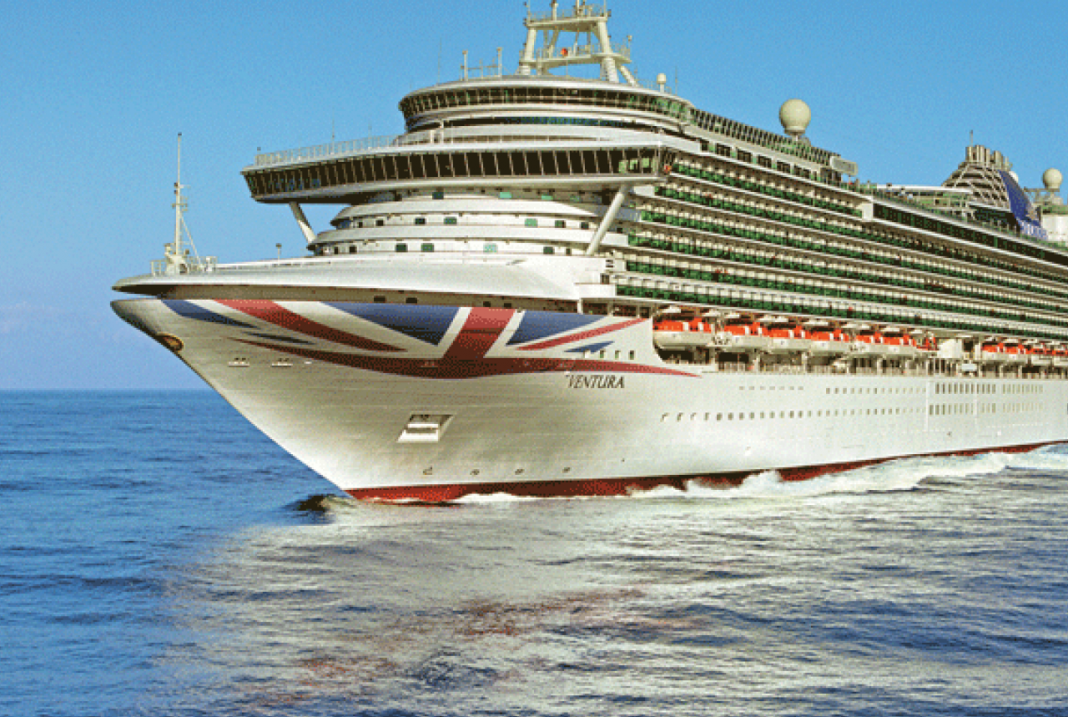
P&O Cruises ship Ventura was held up in Rotterdam this week during a scheduled port call as activist group Extinction Rebellion took to the water to protest cruise ship traffic.
A group of about 15 protestors in canoes managed to briefly block Ventura’s docking in the city.
The delay was only brief, with police breaking up the blockade after about 30 minutes. Police say they arrested two people.
Ventura, which left Southampton the day before, was able to dock safely without incident.
Rotterdam was the only scheduled port call on the short cruise.
Extinction Rebellion has been protesting cruise ships in the Netherlands for the past couple of years using a variety of tactics.
It describes its actions as a ‘campaign of peaceful civil disobedience.’
Last month it blocked entry of the Celebrity Eclipse in Amsterdam, causing a delay of over two hours.
Last year Extinction Rebellion chained themselves to a bridge which opens a lock for cruise ships to enter Amsterdam.
This caused a Royal Caribbean ship to dock at another pier outside the city and delayed other ships for several hours.
“If the government still does not ban cruises, then we will stop them ourselves,” it said on social media after the latest protest.
Cruise & Ferry
Rough weather causes Carnival cruise ship to tilt
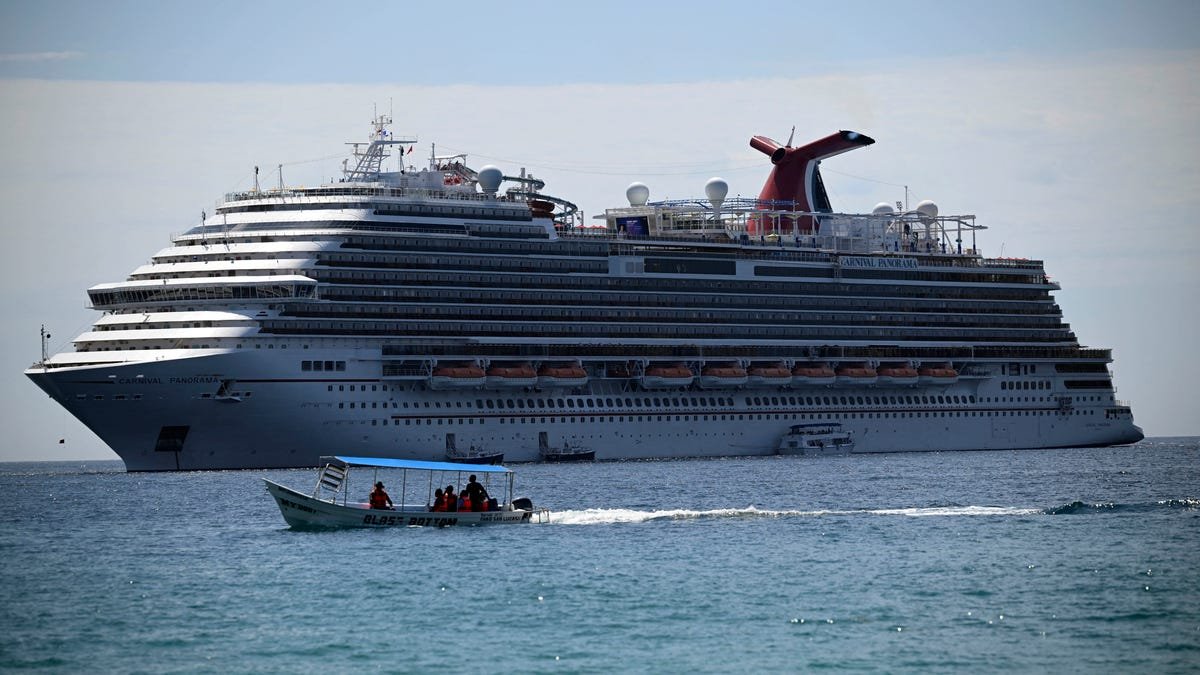
Rough weather causes havoc onboard Carnival cruise ship
A Carnival Cruise Line ship was caught in rough weather during a Mexican Riviera voyage, tilting sharply as wind and rain battered the vessel.
unbranded – Newsworthy
- A Carnival Panorama cruise ship tilted during rough weather in the Mexican Riviera on August 20.
- The listing was likely caused by wind and rain, a rare occurrence that cruise ships are designed to handle.
Rough weather hit a Carnival Cruise Line ship during a Mexican Riviera cruise, causing the ship to tilt.
Matt Lupoli, a spokesperson for the cruise line, told USA TODAY that the ship “encountered wind and rain that led to a listing” – or leaning to one side – on Aug. 20. Passenger video footage from the Carnival Panorama appears to show broken dishes in the dining room, items strewn on the floor in an onboard shop and water spilling from an elevator, amid lightning strikes outside.
The ship was sailing an eight-day cruise from Los Angeles to Mexico at the time, according to CruiseMapper.
“The incident was over quickly and as the captain maneuvered to calmer seas, crew members quickly turned their attention to assisting guests and clean up,” Lupoli said in an email. “A small number of guests were checked by our medical team on board. There were no serious injuries and no significant impact to the ship’s systems and features. The ship’s itinerary was not affected and it’s now sailing its next voyage.”
Listing is caused by a shift in weight and balance, according to Joanna Kuther, a travel agent and owner of Port Side Travel Consultants. “In the case of a cruise ship that does not carry cargo, it is usually weather-induced,” she told USA TODAY in an email.
How to find the best price, perks when booking a cruise
Find the cruise that works for your budget with these tips.
Problem Solved
While there have been other similar incidents in recent years, including on Carnival Sunshine in 2023, Kuther said they are “very rare” and crew members are well-trained on how to keep vessels stable during storms.
“While with all of the weather forecasting available, ships will do all they can to avoid bad weather (but) sometimes it is simply unavoidable,” she said. “The ships are prepared from the way they are built and engineered to be able to handle these types of situations.”
Contributing: Kathleen Wong, USA TODAY
Nathan Diller is a consumer travel reporter for USA TODAY based in Nashville. You can reach him at ndiller@usatoday.com.
Cruise & Ferry
Can cruising be emission-free? Havila Voyages plans the world’s longest climate-neutral cruise

Norwegian cruise line Havila Voyages has revealed plans to launch what could become the world’s longest climate-neutral cruise as early as this autumn.
The proposed 12-day voyage will follow the coastal route from Bergen to Kirkenes and back, covering a distance of 9,260 kilometres.
The climate-neutral cruise is part of a collaboration between Havila Voyages and marine technology provider HAV Group. The goal is to eventually achieve zero emissions.
“Right now, we are in the planning phase to test a full round voyage on the coastal route this fall, using biogas in combination with our large battery packs,” Bent Martini, CEO of Havila Voyages, said at the annual Arendalsuka political conference in Norway last week.
“We are in dialogue with suppliers to secure sufficient volumes to be able to fill the tanks 100 per cent with biogas, and we believe we will succeed.”
If these plans are successful, the cruise ship in question could sail the entire coastal route from Bergen to Kirkenes and back.
Related
What is a climate-neutral cruise?
Havila Voyages’ says its ships can already sail emission-free for four hours using battery packs. The upcoming test will use a combination of biogas – a renewable fuel derived from organic waste – and battery storage to achieve climate neutrality along the entire route.
Climate neutral means offsetting or balancing the total greenhouse gas emissions of the voyage, whereas emissions-free would mean no emissions at all from the journey.
The company aims to make its full 12-day Bergen–Kirkenes–Bergen itinerary emission-free by 2030.
Cruise lines double down on sustainability
Havila Voyages’ initiative comes amid intensifying pressure on the cruise industry to decarbonise. Cruise ships are among the highest-emitting modes of transport, with emissions per passenger kilometre that exceed planes, ferries and trains.
According to the International Council on Clean Transportation’s global shipping emissions inventory, the world’s biggest and most efficient cruise ships emitted approximately 250 grams of carbon dioxide per passenger-kilometre in 2022.
A long-haul flight emits around 80 grams of carbon dioxide per passenger-kilometre, a national rail service 41 grams and ferries around 19g.
Related
This has led to rising calls from governments, passengers and lobby groups for cruise ships to develop more environmentally-friendly solutions. In response, cruise companies are developing new technology in an attempt to clean up their act.
Norwegian firm, Hurtigruten, is developing a zero-emission cruise ship due to launch in 2030, which will use a 60-megawatt battery pack.
Similarly, Viking is currently building the world’s first hydrogen-powered cruise ship, called Viking Libra, in partnership with Italian shipyard Fincantieri, which will be delivered late next year.
Martini urged stronger environmental regulation from Norwegian authorities to accelerate the green transition on the Bergen–Kirkenes–Bergen route.
“If Norwegian authorities are serious about their environmental ambitions, the ships on the coastal route can be a beacon for the green transition in shipping and create synergies for other parts of the industry,” he said.
“Technology exists, and the opportunities are there. It’s about the willingness to make the necessary investments. With strict environmental requirements from the authorities, those who want to operate the coastal route will be forced to deliver.”
-

 Brand Stories1 month ago
Brand Stories1 month agoBloom Hotels: A Modern Vision of Hospitality Redefining Travel
-

 Brand Stories1 month ago
Brand Stories1 month agoCheQin.ai sets a new standard for hotel booking with its AI capabilities: empowering travellers to bargain, choose the best, and book with clarity.
-

 Destinations & Things To Do1 month ago
Destinations & Things To Do1 month agoThis Hidden Beach in India Glows at Night-But Only in One Secret Season
-

 Destinations & Things To Do1 month ago
Destinations & Things To Do1 month agoUntouched Destinations: Stunning Hidden Gems You Must Visit
-

 AI in Travel1 month ago
AI in Travel1 month agoAI Travel Revolution: Must-Have Guide to the Best Experience
-

 Family Travel2 months ago
Family Travel2 months agoThings to Do Indoors in New Jersey
-

 Brand Stories2 months ago
Brand Stories2 months agoVoice AI Startup ElevenLabs Plans to Add Hubs Around the World
-

 Brand Stories1 month ago
Brand Stories1 month agoContactless Hospitality: Why Remote Management Technology Is Key to Seamless Guest Experiences
-
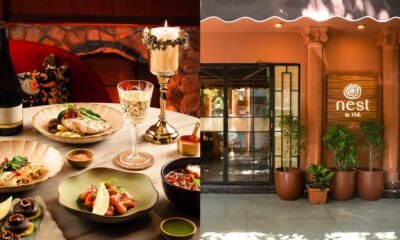
 Restaurants & Food5 months ago
Restaurants & Food5 months ago10 New Restaurants In Delhi NCR To Head To This Month
-

 Brand Stories2 months ago
Brand Stories2 months agoHow Elon Musk’s rogue Grok chatbot became a cautionary AI tale





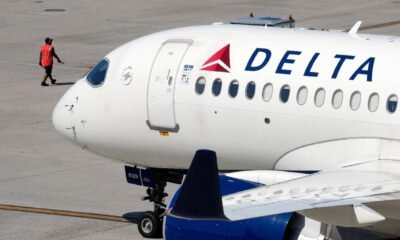



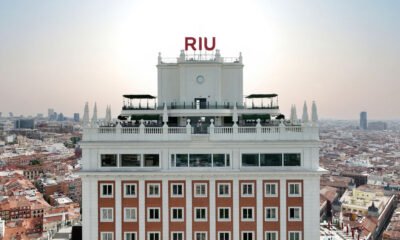

You must be logged in to post a comment Login